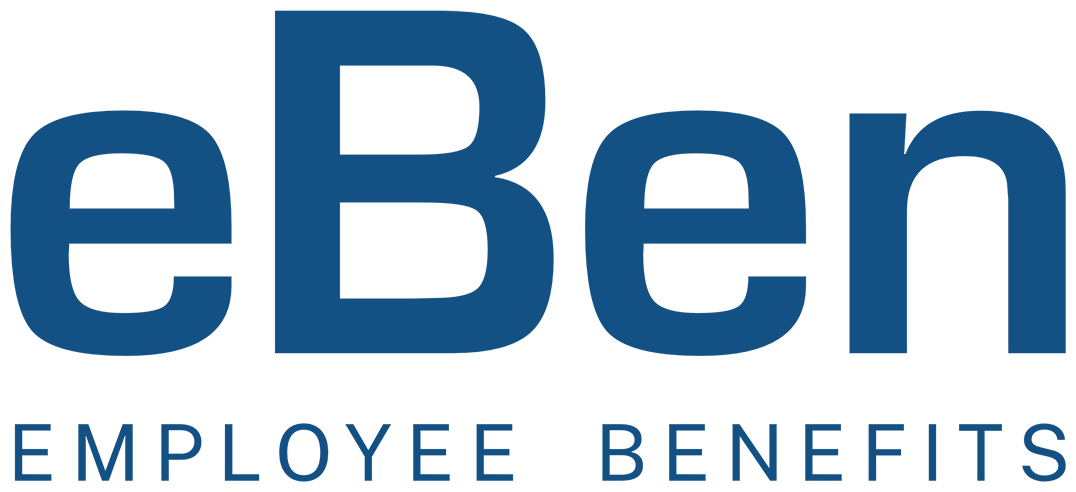To keep pace with the rapidly evolving nature of the modern workplace, the U.S. Department of Homeland Security (DHS) recently issued an unpublished final rule authorizing the permanent use of a Remote Form I-9 inspection procedure. This optional alternative procedure is aimed at streamlining identity and employment authorization verifications, effectively replacing the traditional in-person physical examination of the documentation.
Understanding the Remote Form I-9 Alternative Procedure
This new rule, effective August 1, 2023, has four critical components:
- Who’s Eligible: The new rule is extended to employers who have maintained good standing with E-Verify, an internet-based system administered by the federal government to verify employment eligibility.
- Document Retention: Employers are required to keep clear and legible copies of all documents that employees present for the Form I-9 verification process.
- Training Requirements: A mandatory E-Verify tutorial that includes fraud awareness and anti-discrimination training is required for employers intending to use this alternative procedure.
- Video Verification: Once the employee transmits a copy of their documents, a live video interaction must occur to verify the documents’ authenticity.
Deeper Insight into the Remote Form I-9 Verification Procedure
Who Are Qualified Employers?
This procedure is only accessible to employers who have maintained good standing as E-Verify participants.
What’s the Verification Process?
For document verification, employees are first tasked with transmitting copies of their relevant identification and employment authorization documents. The employer, or a designated representative, then examines these copies in real-time during a secure live video interaction.
How Should Documents Be Stored?
In keeping with the new procedure’s guidelines, employers must store clear and readable copies of all documents presented by an employee for the completion of the Form I-9.
What is E-Verify?
E-Verify is an electronic platform designed to validate information from an employee’s Form I-9. It cross-checks this data against records held by the DHS and the U.S. Social Security Administration, effectively verifying the authenticity of identity and employment eligibility documents.
Are There Any Specific Training Requirements?
As part of this transition, employers will be required to undertake an E-Verify tutorial. This includes modules on detecting fraudulent activity and maintaining fair and non-discriminatory practices. This tutorial is an integral part of the E-Verify enrollment process.
What About Employers Using COVID-19 Form I-9 Flexibilities?
Employers who had opted for the COVID-19 Form I-9 flexibilities, which are set to end on July 31, will be exempt from the requirement of physical document inspection for certain hires. This exemption, however, is subject to them meeting a set of defined criteria.
Any Changes to Reporting Requirements?
With the introduction of this new procedure, employers will need to indicate on the Form I-9 when they have used the alternative verification process.
When Can Employers Start Using the New Form I-9?
Starting August 1, 2023, employers are advised to utilize the new version of Form I-9 labeled as “Edition: 08/01/2023”. The previous version (Edition: 10/21/2019) may still be used, but only until October 31, 2023.
Staying Ahead: Navigating the New Era of Remote Form I-9 Verification
The introduction of the Remote Form I-9 Verification Procedure is a significant stride towards incorporating modern technology into HR practices. As we move forward, it’s crucial to stay updated with these changes, enhancing efficiency while ensuring compliance.


